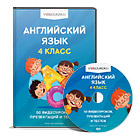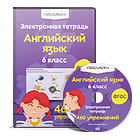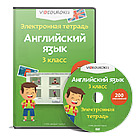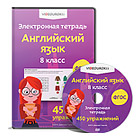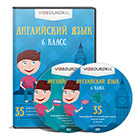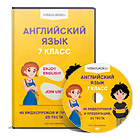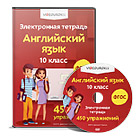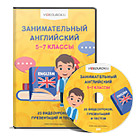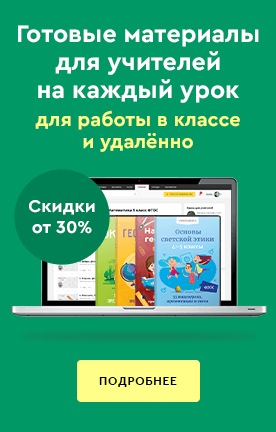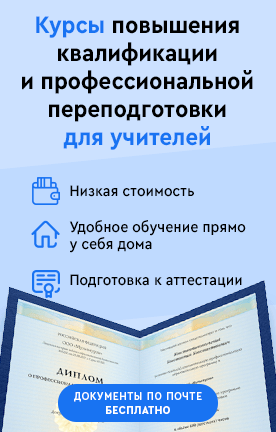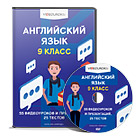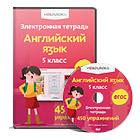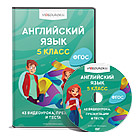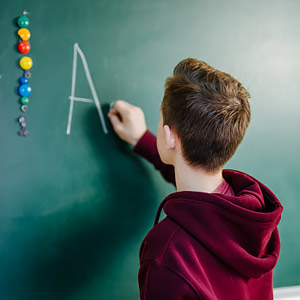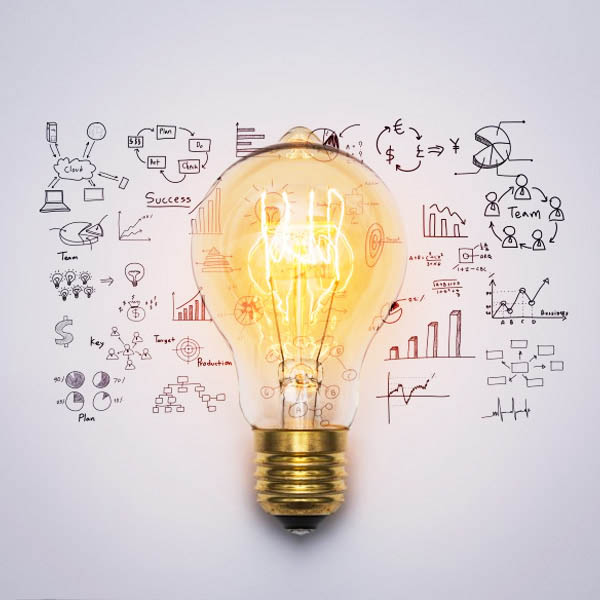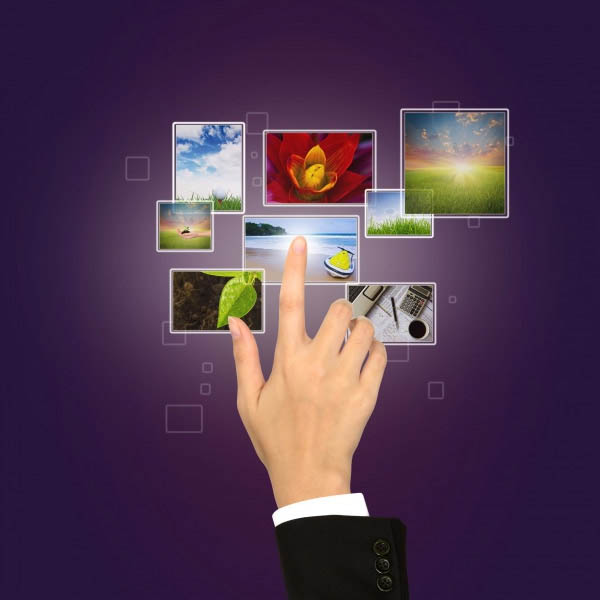цель данной практической работы по специальности 09.02.07 Информационные системы и программирование - обучение переводу, выполнению заданий, поисковой работы и развития навыков письма.
Создайте Ваш сайт учителя Курсы ПК и ППК Видеоуроки Олимпиады Вебинары для учителей
Практическая работа по теме "Компьютеры и компьютерные технологии"
Вы уже знаете о суперспособностях современного учителя?
Тратить минимум сил на подготовку и проведение уроков.
Быстро и объективно проверять знания учащихся.
Сделать изучение нового материала максимально понятным.
Избавить себя от подбора заданий и их проверки после уроков.
Наладить дисциплину на своих уроках.
Получить возможность работать творчески.
Просмотр содержимого документа
«Практическая работа по теме "Компьютеры и компьютерные технологии"»
Похожие файлы
Полезное для учителя
Распродажа видеоуроков!
1650 руб.
2350 руб.
1570 руб.
2240 руб.
1800 руб.
2570 руб.
1550 руб.
2220 руб.
Курсы ПК и ППК для учителей!
2760 руб.
13800 руб.
800 руб.
4000 руб.
800 руб.
4000 руб.
800 руб.
4000 руб.
ПОЛУЧИТЕ СВИДЕТЕЛЬСТВО МГНОВЕННО
* Свидетельство о публикации выдается БЕСПЛАТНО, СРАЗУ же после добавления Вами Вашей работы на сайт
Удобный поиск материалов для учителей
Проверка свидетельства
